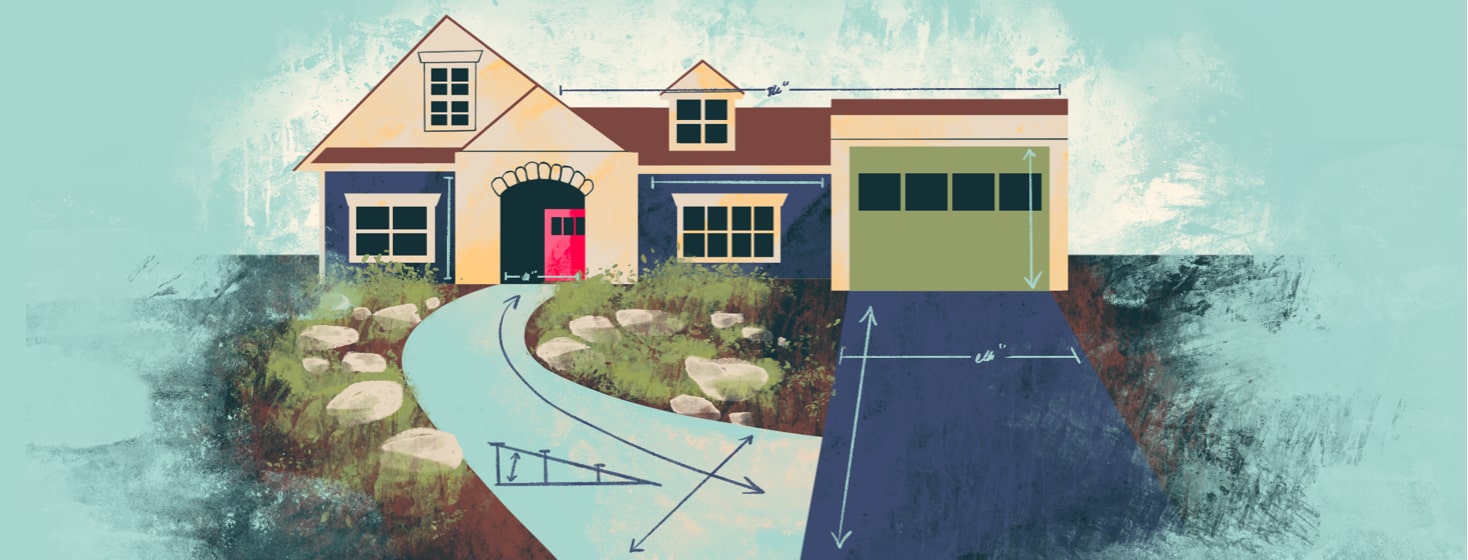Building a Wheelchair-Accessible Home With SMA
After years of searching, I finally found a home builder for a new development that was more than willing to accommodate my accessibility needs and redesign their floor plans. So, I’m going to take you room by room and share my tips for designing a wheelchair-accessible dream home.
Creating the right floor plan for accessibility
Even though the house was going to be mine, I still needed a space for my parents to live with me since they are my primary caregivers. I chose a single-level home that had a master bedroom with an en suite, an office, two additional bedrooms, one more full bathroom, and, of course, a kitchen and living room.
The builder did have two-level models with a master bedroom on the first floor, however most of the other rooms like a den or rec room would be upstairs. Without installing an elevator, I wouldn’t be able to enjoy the entire house.
Honestly, I’d only be able to get to less than 50% since the only other downstairs rooms were the kitchen, living, and dining room.
When choosing a floor plan, consider the rooms on each floor and whether they would get everyday use by the person in the wheelchair.
Designing entrances and doors for wheelchair-accessibility
During the design stage, I met with the architect to make sure all doors were at least 36 inches, including which way I wanted the doors to swing out when I considered how I’d be navigating the space with my wheelchair.
In addition, all exterior doors should be zero entry, which means I could drive my wheelchair over the door sill without a bump. This also meant removing the sliding glass door to the backyard and replacing it with a glass French door.
Sliding glass doors are impossible for wheelchairs unless you want to rip the frame out of the wall with your tires.
A custom ramp at the entrance
Another custom request was to pour extra concrete on the front porch to level with the door and eliminate a step up to go inside.
Besides that, the house came with a path from the driveway to the porch, but there would be at least 3 steps. I asked the builder to not pour the concrete path so I wouldn’t have to tear it up after I moved in.
I then hired my own landscaper to design a concrete ramp that was aesthetically pleasing and elevated up to the porch. We then decorated it with beautiful plants so nobody knows it’s a wheelchair ramp.
Eventually, I’ll do something similar coming off the back door with either a deck or concrete patio. It’s important to have multiple exits in case of an emergency, so I also purchased a semi-permanent metal ramp which is attached to the door coming in from the garage.
Bedroom and bathroom needs for a ceiling lift system
Since the bedroom I’d be using already had a connected bathroom, there were only a few changes. First, I upgraded to an open, frameless shower so my ceiling lift system could get in without being blocked by a door frame or annoying shower curtain. Another option could be a roll-in shower if you use a shower chair.
The biggest change was that the bathroom had a separate room for the toilet, which took up unnecessary space. I moved the toilet to the main area of the bathroom and directly facing the shower door.
Having the toilet lined up with the shower would make an easier installation of my ceiling lift system, which runs over my bed and onto the toilet and then into the shower.
Speaking of the lift system, in order to be secure there needs to be extra support in the ceiling. The builder was nice enough to place extra lumber in the ceiling so the lift could be installed safely and without the need for someone else to crawl in the attic.
That’s how I built my dream home. I’d love to hear about your experiences with building or renovating to make your space comfortable and wheelchair-friendly.

Join the conversation